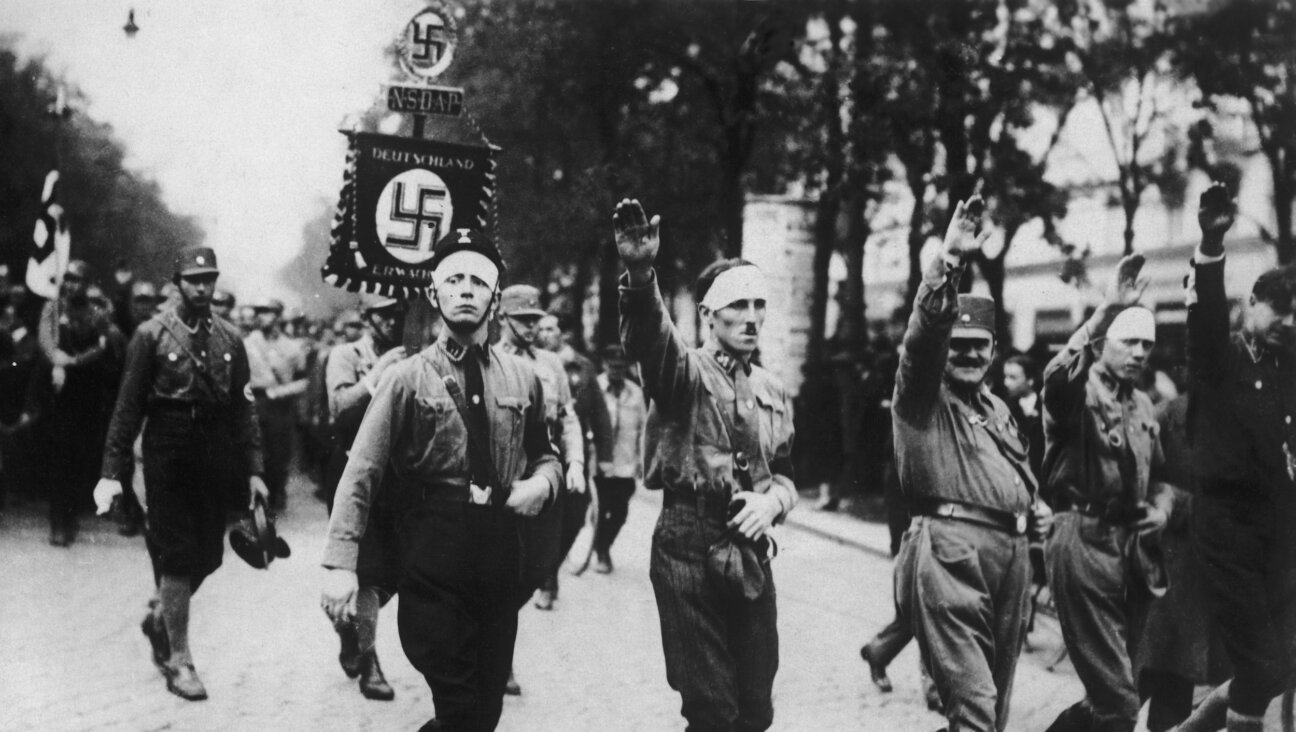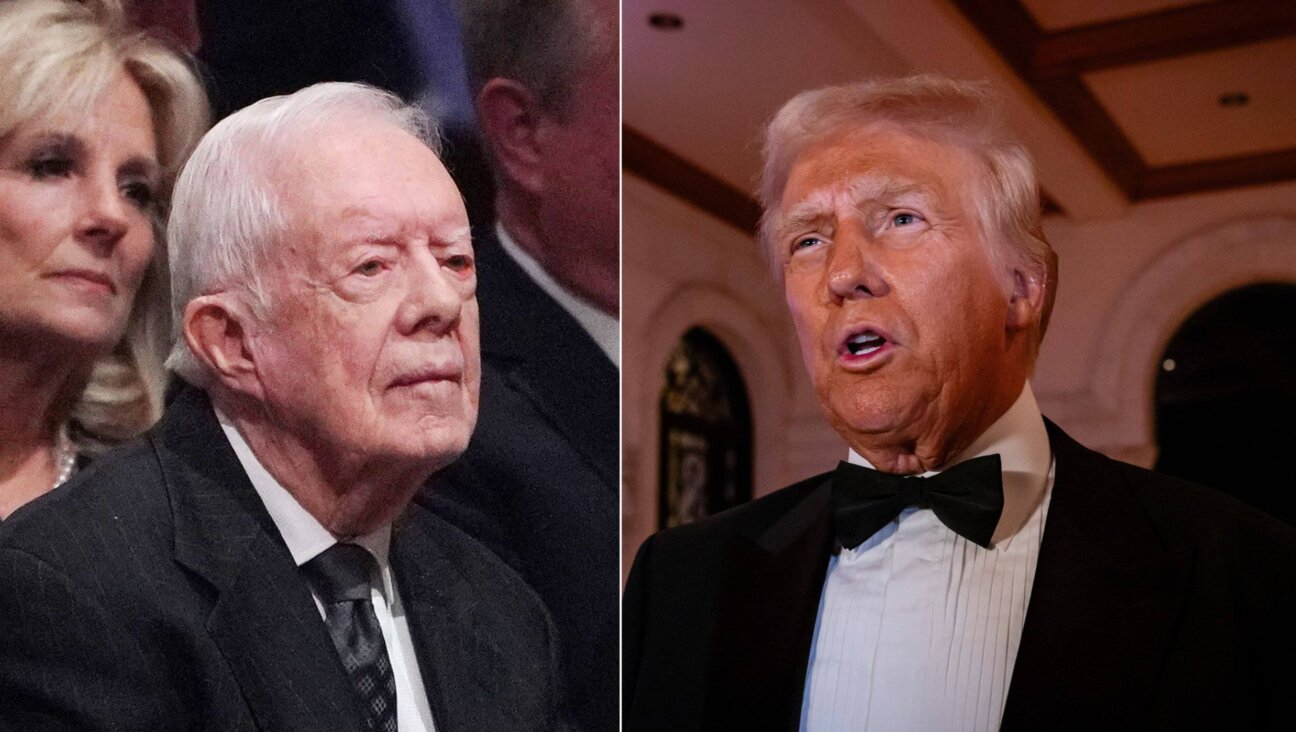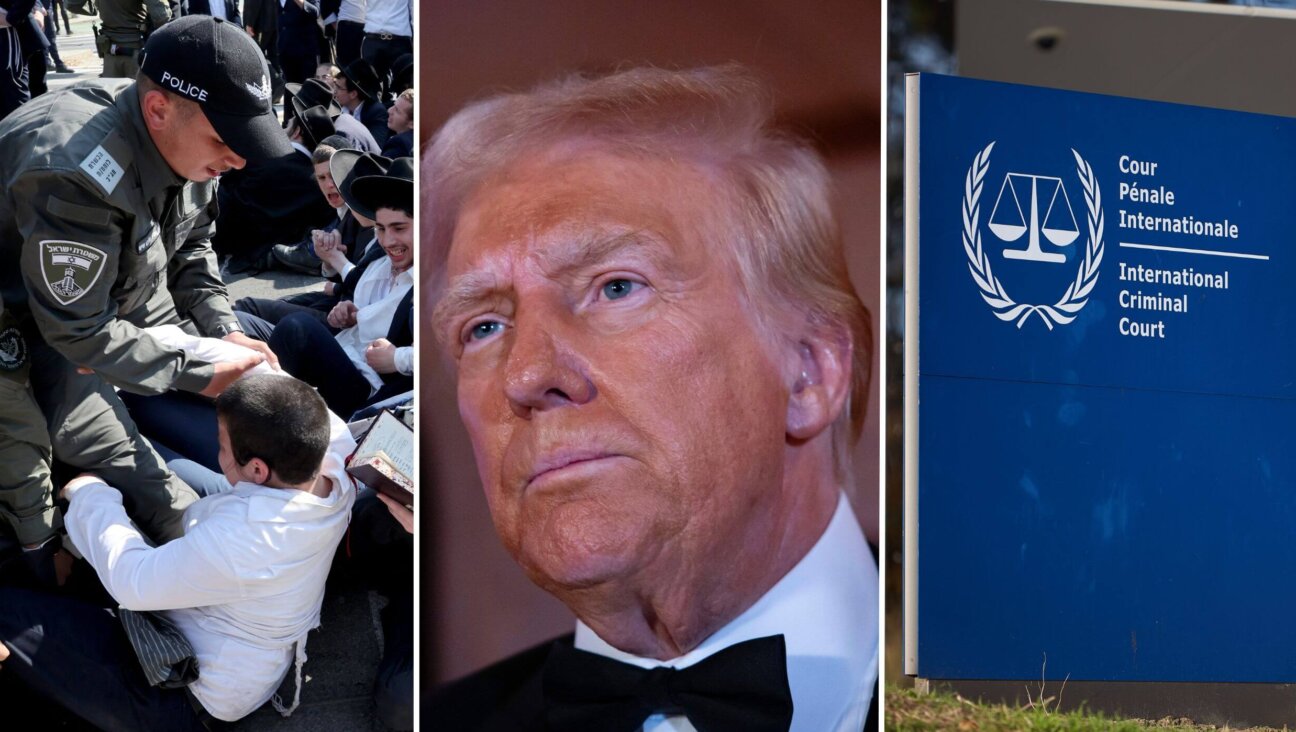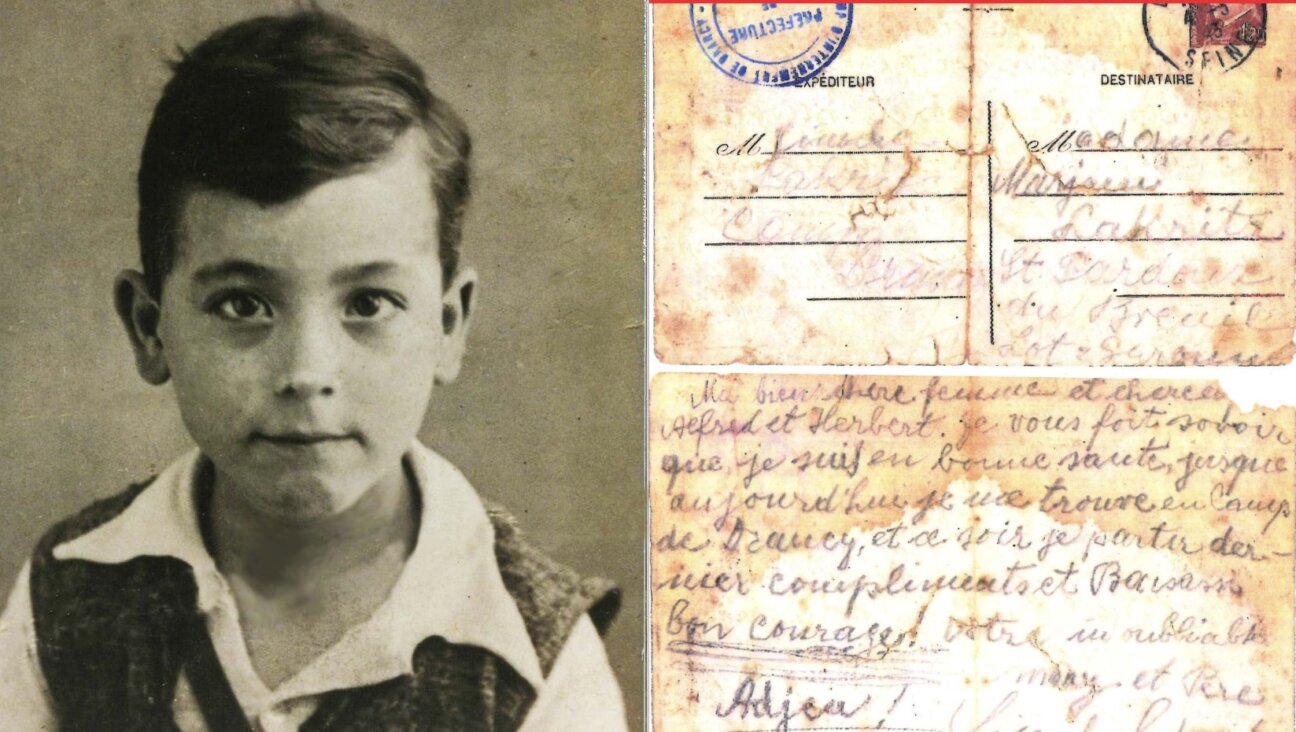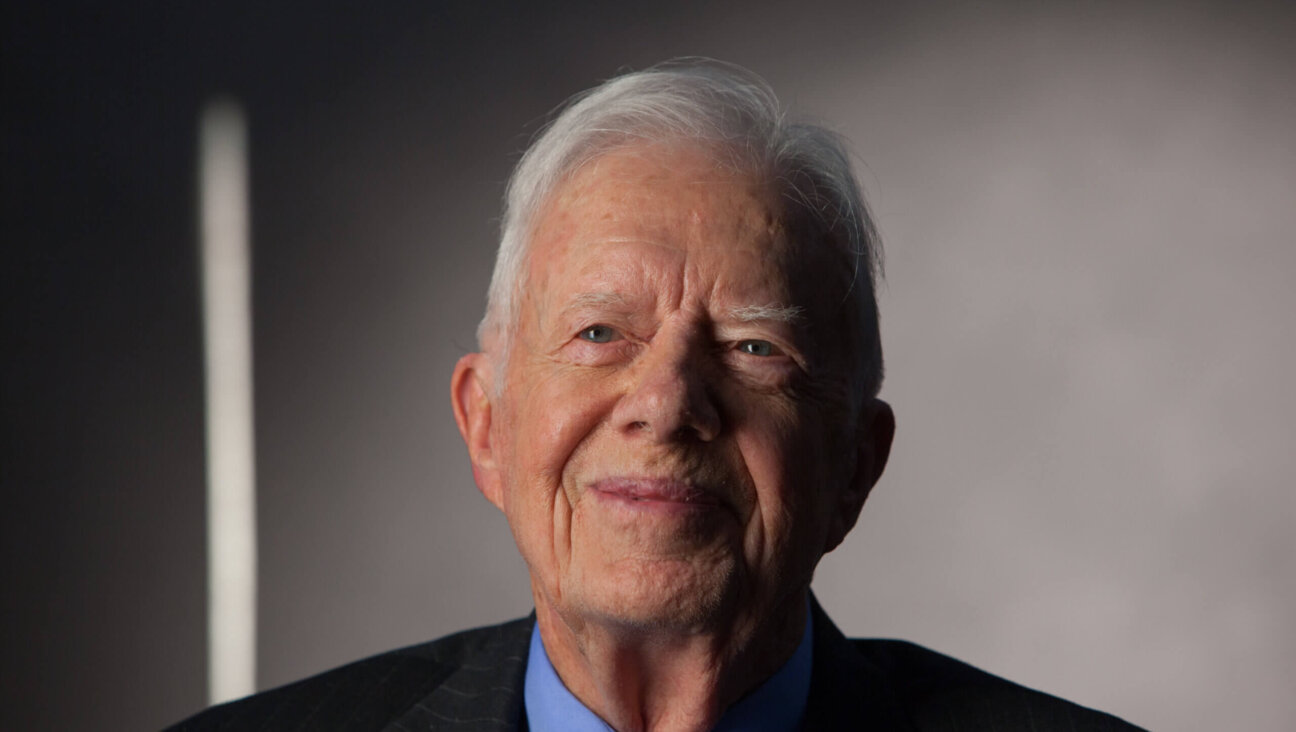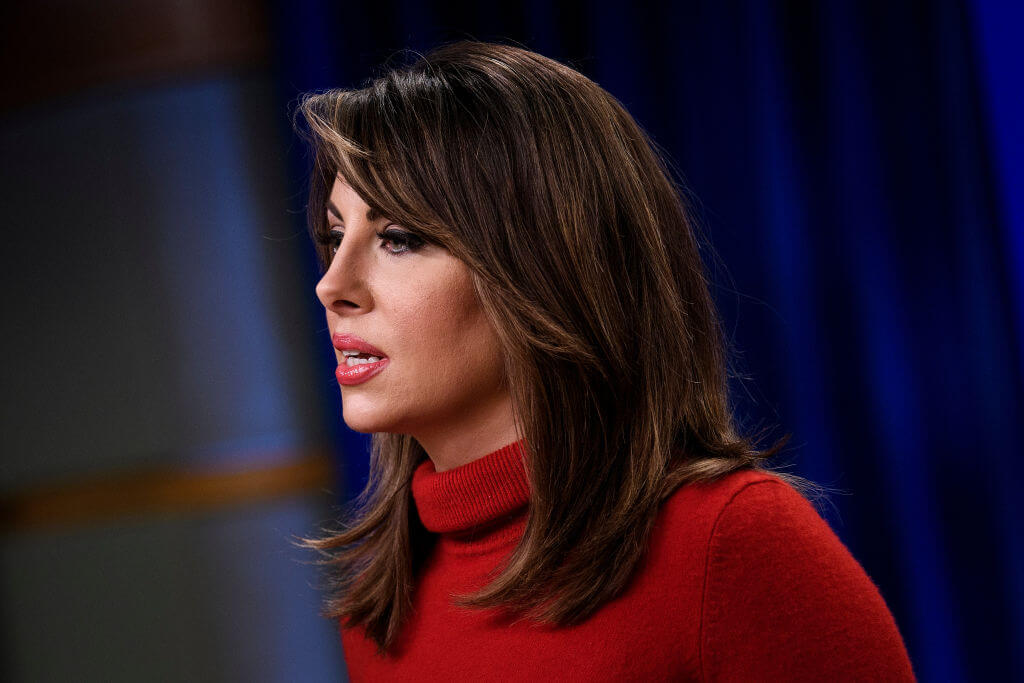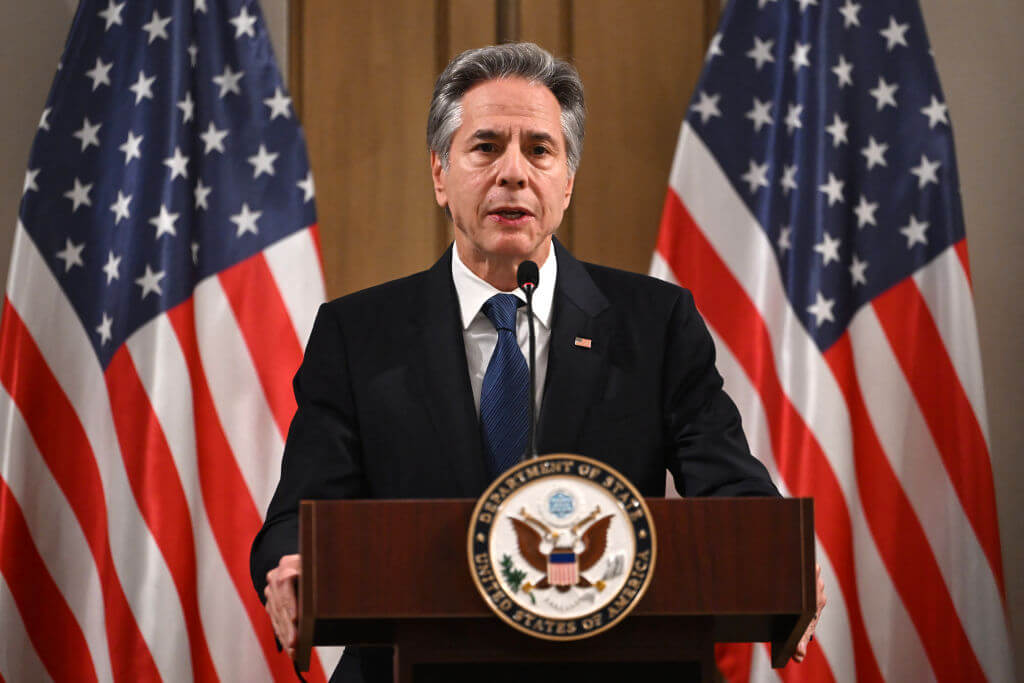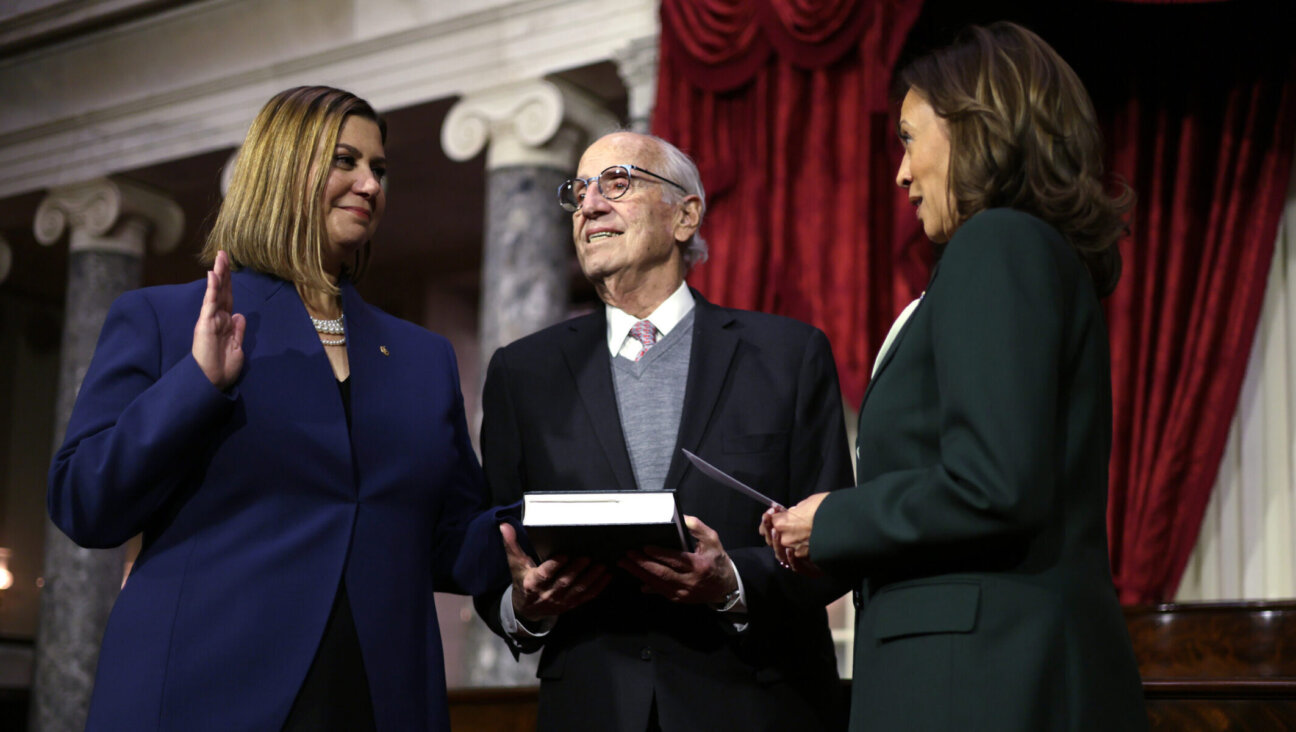Is Michelle Obama the Next Hillary?
As the race for the White House continues, the Forward presents the views of policymakers, opinion-shapers, and even a politician or two in a non-partisan forum offering a balanced range of opinion. The views expressed are not endorsed by the Forward, which does not support or oppose candidates for public office. This series is intended to help our readers resolve the quadrennial November Dilemma as America chooses its next president.
According to a recent poll, some 69% of Americans think Hillary Clinton’s run for the White House will make it easier for other women to follow in her footsteps. She is now widely regarded as a role model for women who want to pursue public office.
There has been scant discussion, however, of the impact her candidacy might have on the woman who follows an earlier path Clinton took, the one that led her to the White House. Will her trajectory from first lady to senator to serious contender for commander in chief affect the role played by Cindy McCain or Michelle Obama?
Since I published “All the President’s Kin” in 1980, it’s become conventional wisdom that the close kin of presidents and presidential candidates are potentially powerful political players in their own right. This is especially though not exclusively true for first ladies who, since Jacqueline Kennedy and the advent of television, have been highly visible, their every step a symbol of something, though exactly what is not always readily apparent.
Most of American history has been characterized by first ladies who thought it best not to be seen or heard. With few exceptions — Edith Wilson, for example, and of course Eleanor Roosevelt — they quickly vaporized into the mist of a distant past.
Even as relatively recent a first lady as Bess Truman avoided publicity like the plague, and with her husband’s blessing. She hated it when people “fussed over” her. But since the large and largely gorgeous Kennedy clan proved what an asset kin can be, no first family has been out of the public eye. This has been a mixed blessing particularly for first ladies, who cannot help but be front and center. Some, like Lady Bird Johnson, understand the part they play and adapt to it with intelligence and grace. Others, like Pat Nixon, are uncomfortable with fame, and shun attention whenever they politely can. And still others, like Betty Ford, are anxious about assuming a role they neither wanted or even expected, and pay a high personal price.
And then there are those who take to being first lady like the proverbial duck to water. Hillary Clinton clearly belongs in this category.
Bill Clinton made that clear when he first ran for the White House: If the American people voted for him for president, he as much as said, they would get two for the price of one. His wife would be his partner, an equally dedicated public servant.
And so it was that in the early days of Clinton’s tenure in the Oval Office, Hillary Clinton was close by at most every turn. Moreover, she was put in charge of the administration’s all-important health care initiative. While the effort ended in failure, it was groundbreaking nonetheless. Never before had an American president given a first lady such a major policymaking role.
Hillary Clinton, of course, was succeeded by Laura Bush, who has differed from her immediate predecessor in ways so obvious that they hardly need to be spelled out here. It’s plain to see that Bush much more closely resembles the more domestically disposed first ladies of the past than she does Clinton, or, for that matter, first ladies like Rosalynn Carter, who was and continues to be deeply involved in whatever her husband has been doing.
So what might we expect from the wife of the next president? A partner in the mold of Laura Bush, playing the traditional role of supportive spouse? Or one more like Hillary Clinton, who leveraged her position as first lady to become arguably the most powerful woman in American politics?
There’s no reason to expect that Cindy McCain would break new ground if she moves into the White House. Until recently she said nearly nothing of political consequence. While these days she does occasionally rise to her husband’s defense, she continues to give no indication whatsoever that she would differ in any significant way from the large majority of first ladies who preceded her.
Michelle Obama, for her part, is clearly cut from a different mold. But even she, upon becoming first lady, would most likely behave in a rather traditional way, if for no other reason than because of the weight of responsibility that would come with being the first African American to play the part. But after the end of her husband’s tenure as president, she might well look to Hillary Clinton as a role model, hard as that might seem to fathom right now. Even if Barack Obama were to serve eight years in the White House, by the end of his second term his wife would still be relatively young.
Given what we know about Michelle Obama — particularly her fierce intelligence, clear determination and strong, independent nature — there is no reason to assume that when her husband is done being chief executive, she, anymore than Hillary Clinton, would be inclined to hide her light under a bushel. There is reason, in fact, to assume just the opposite: that if her husband becomes president in November, Michelle Obama will become a force and a fixture in American politics for many years to come.
Barbara Kellerman, a lecturer in public leadership at Harvard University’s John F. Kennedy School of Government, is the author of “Followership: How Followers are Creating Change and Changing Leaders” (Harvard Business School Press) and co-editor of “Women & Leadership: State of Play and Strategies for Change” (Jossey-Bass, 2007).
A message from our Publisher & CEO Rachel Fishman Feddersen

I hope you appreciated this article. Before you go, I’d like to ask you to please support the Forward’s award-winning, nonprofit journalism so that we can be prepared for whatever news 2025 brings.
At a time when other newsrooms are closing or cutting back, the Forward has removed its paywall and invested additional resources to report on the ground from Israel and around the U.S. on the impact of the war, rising antisemitism and polarized discourse.
Readers like you make it all possible. Support our work by becoming a Forward Member and connect with our journalism and your community.
— Rachel Fishman Feddersen, Publisher and CEO







